Tuesday, May 30, 2023: Of sleeping giants, thunderbirds and a bear.
Info:
Thunder Bay is a city of just over 100,000 people, and like every city in North America, it seems to be much bigger, simply because everything is so far apart. Even with the suburbs, there are not more than 120,000 inhabitants.
Thunder Bay is also known as “Lakehead” because this is where the St. Lawrence Seaway begins, the waterway that connects the Great Lakes to the St. Lawrence Estuary (!) and to the Atlantic Ocean. 199 meters of altitude have to be overcome from Lake Superior to the Atlantic Ocean. (I saw the dams near Montreal on the drive – tremendous!)
Due to its location, Thunder Bay has had an important role as a meeting place of peoples from the East and West and as a trading center for a long time.
My opinion:
There are places where you feel comfortable from the beginning. Thunder Bay was such a place for me. I stayed for three days because I liked it so much.

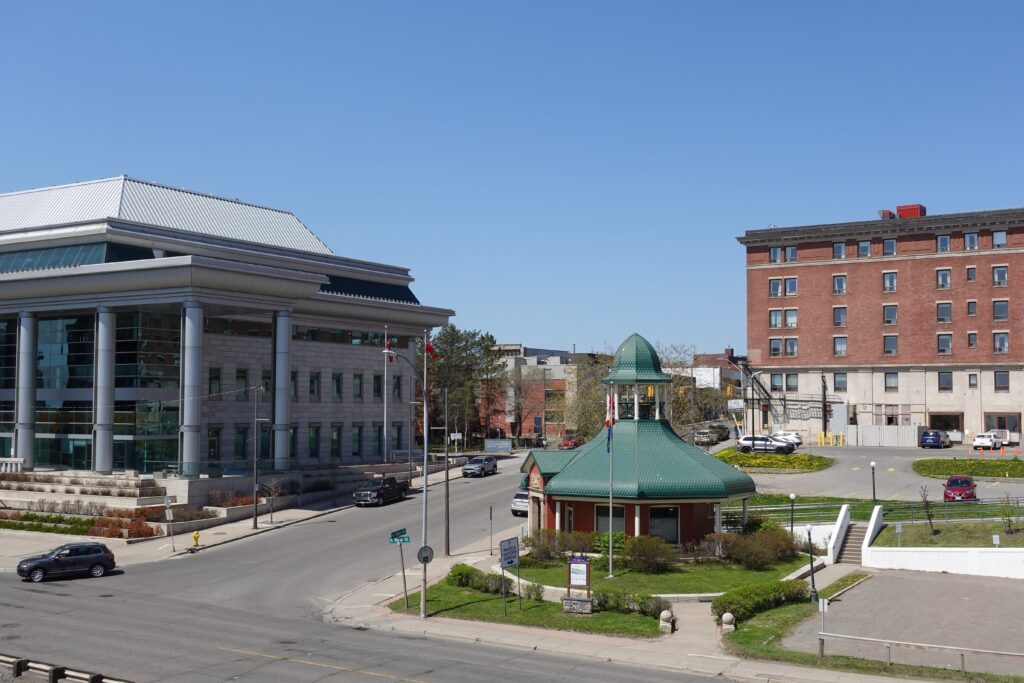
Diary:
If you take the Transcanada Highway from the east towards Thunderbay, the landscape changes completely. Instead of hills, there are suddenly cliff-like rock formations, so it’s no longer surprising to see a few islands with table mountains when you first look at Lake Superior. The most famous is the Sleeping Giant, an island whose plateau resembles a lying person.
I wanted to tell a little bit about how these beautiful landscape forms were formed, but I fail already at the translation of diabase, because diabase means something different in German than in English. In any case, we are talking about volcanoes that have not erupted, but where the magma has solidified before. Stuck in the breakout. Lake Superior, the largest freshwater lake on Earth, was formed in a rift valley when what is now the North American continent nearly split in two more than a billion years ago. In a similar way, Lake Baikal and Lake Tanganyika in the East African Rift Valley were formed. However, North America has changed its mind, according to the motto: Let’s become one big continent together. The final touch was the ice age, which was not so long ago, and because there was already this large basin, it filled with water. To my geologic heart, this was the shortest possible abridged version ever, but there are a lot of other things to tell you about Thunder Bay.
We still haven’t arrived in the city, but are on our way west. Just outside Thunderbay, with dream views of the Sleeping Giant and the city, is the Terry Fox Monument.

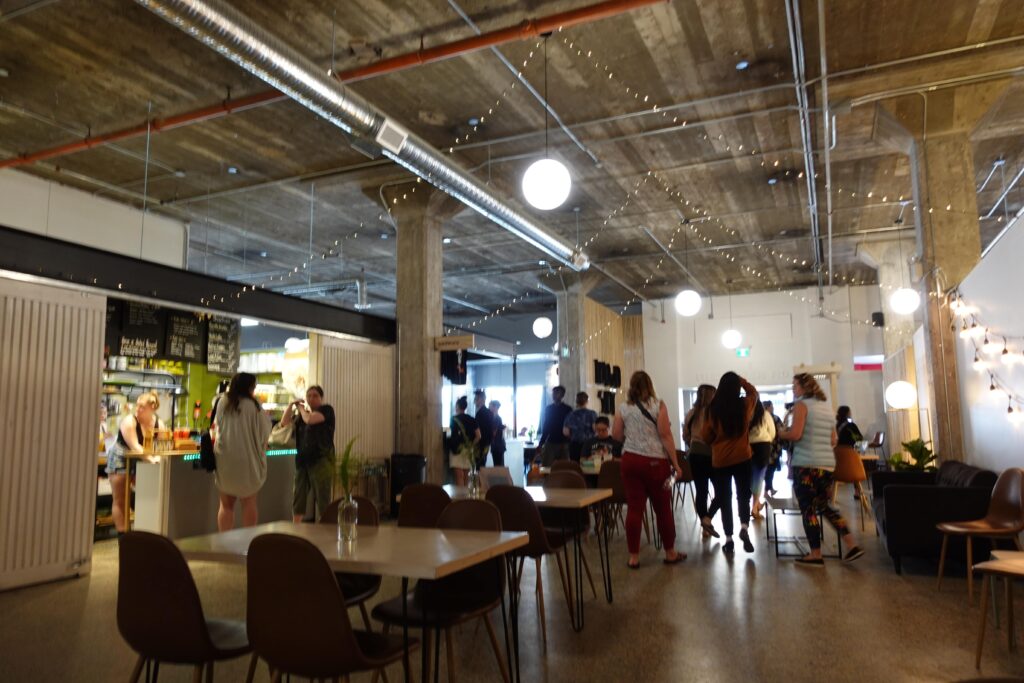
Terry Fox (1958 – 1981) became known for his Marathon of Hope. Due to bone cancer, he had to have one leg amputated at the age of 18. Wearing a prosthesis, he ran across Canada from Newfoundland beginning in April 1980 to raise funds for cancer research. At first he received little attention, but when the media began to cover him, he quickly became a national celebrity.
On September 1, 1980, after 5,373 km, he had to end his run early at Thunder Bay. The cancer had returned. By the time he died, more than $24 million had been raised for cancer research. Today, his name still stands for courage and hope in Canada. More than 650 communities host the Terry Fox Run each September, and $800 million has been raised worldwide for cancer research in Terry Fox’s name.
At the Terry Fox Monument there is a Tourist Information Center, and the lady there gave me a lot of tips, for example that you can park for free at the park on the waterfront and where to go for lunch (Goods & Co market hall).
So I got downtown without any problems – when it comes to traffic you realize that Thunder Bay is not a real metropolis -, went for a walk, got my lunch at the market hall and enjoyed the lake.
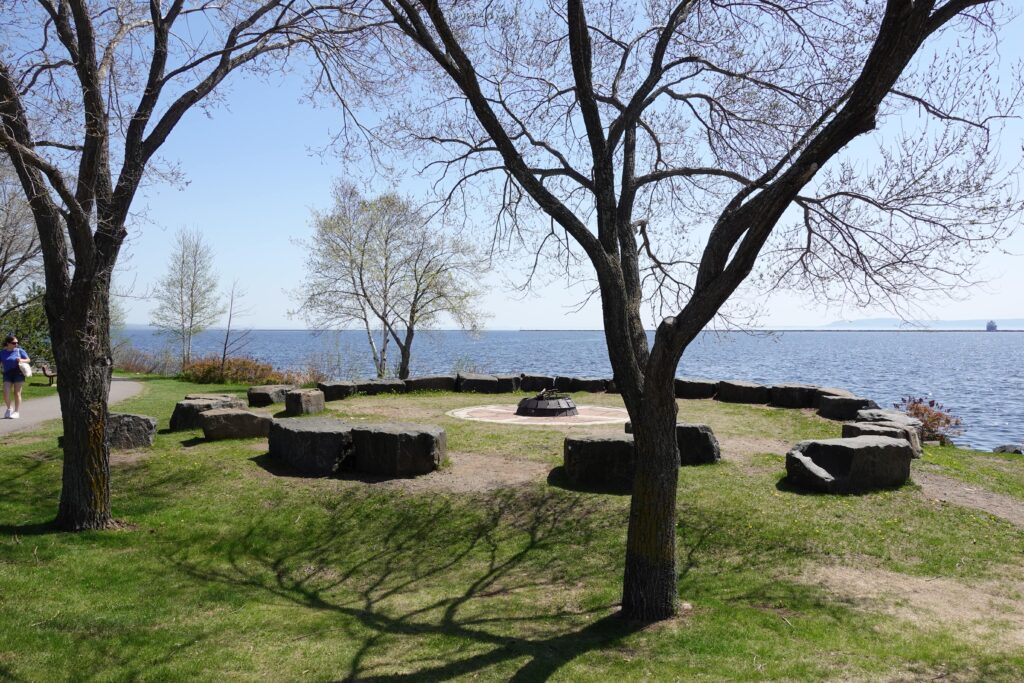
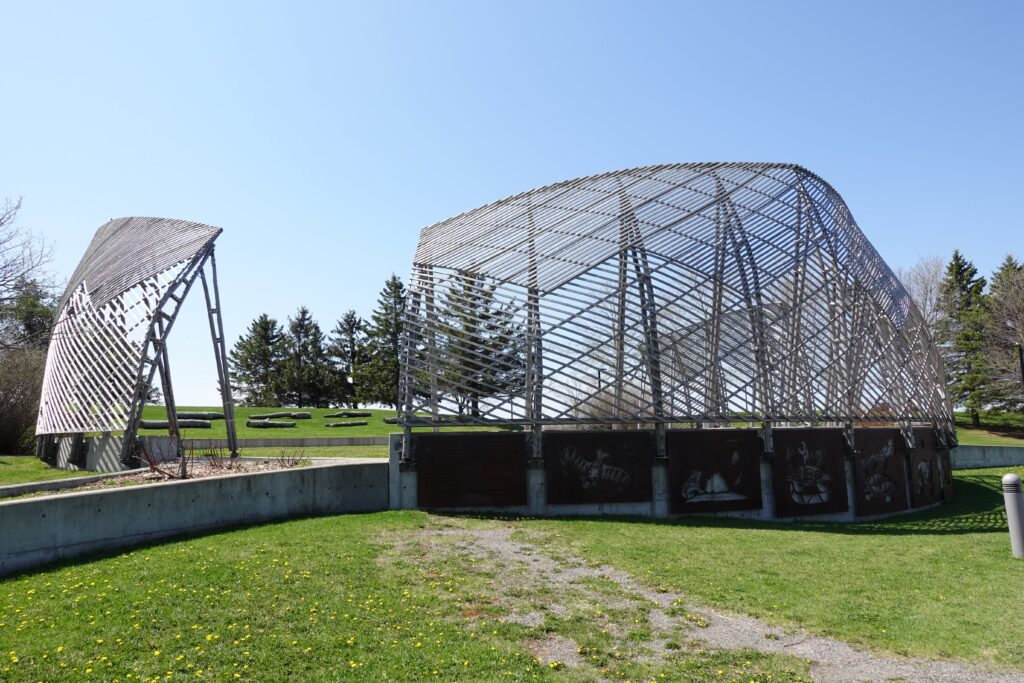
Finally, I felt in need for nature, so I went to one of the islands near the harbor, where there is a Conservation Area, and walked by the lake and in the forest for a while. I have never been insulted so loudly by a squirrel! It is normal that squirrels scold terribly if you disturb them while they are eating, but this volume was new to me.
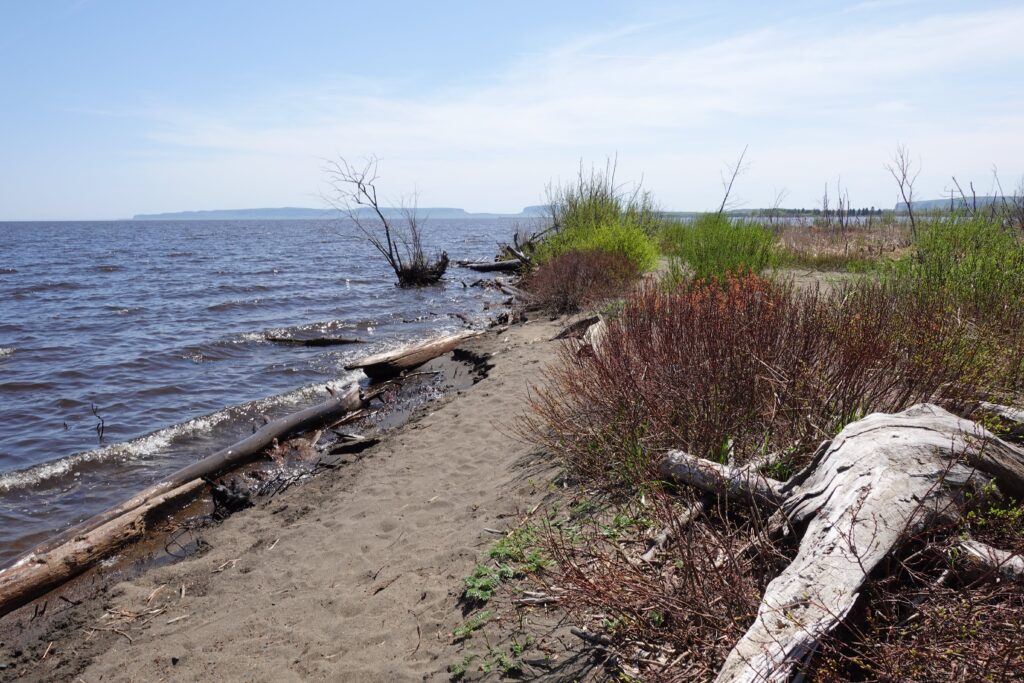

When I returned to Annie Way, someone spoke to me in German. An Icelander who had worked in Germany and now lived in Canada. I learned an interesting family story. Then another young Canadian came along who asked if I was from the EU and if he could see my passport. There we finally stood with a view of Lake Superior and the islands with the Table Mountains, an Icelander, a woman from Quebec, two guys from Newfoundland, a young man from Ontario and an Austrian woman, and talked about our home countries, compared culture and customs, laughed a lot, and at the end, when I finally drove away, I was given a lucky stone, and I promised to take it with me to Austria. It is orange-brown and already the second lucky stone in Annie Way’s front storage at the dashboard. A dark green turquoise from a friend is lying next to it.
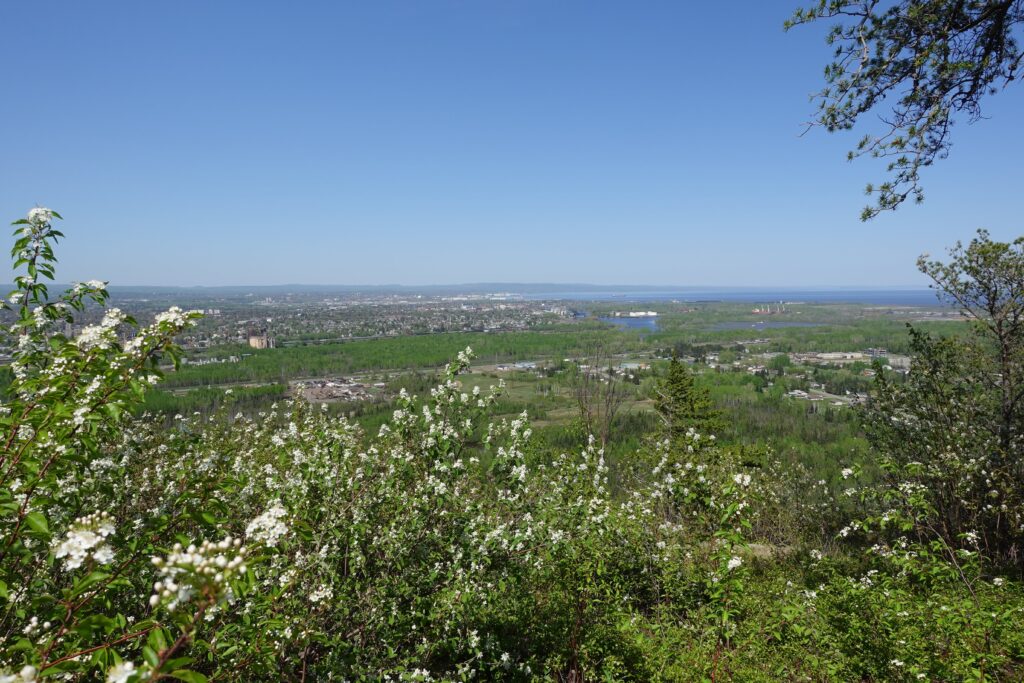

Because I was already in the south of Thunder Bay, I decided to go to Mount McKay. Its real name is Anemki Wajiw, which means Thunderbird Mountain in the Anishinaabe language, but it shared the fate of many mountains whose names were replaced by those of white men – which was reversed in some cases, Denali for example. And the Anemki Wajiw also has a good chance, because its original name is already given first in brochures, followed by “also known as Mount McKay”.
You are welcome to thank me for sparing you the creation of Anemki Wajiw. It’s hard for me, but …
Anyway, the view was beautiful, and standing at Diabase Sill (no, I won’t tell you what that is) and looking up made me understand why Thunderbird Mountain was a sacred place to the Anishinaabe.


I experienced two thunderstorms in the three days I spent in Thunder Bay, and on the news, when I listened to the weather forecast, the announcer said, “Well, it’s Thunder Bay, so …” and then the thunderstorm warning came on.
The people who lived here thousands of years ago may also have thought to themselves, “Well, it’s Anemki Wajiw, so …”
The next day I just HAD to go to Marina Park again, and then I spontaneously went to Fort William Historical Park, which had not been on my wish list originally.
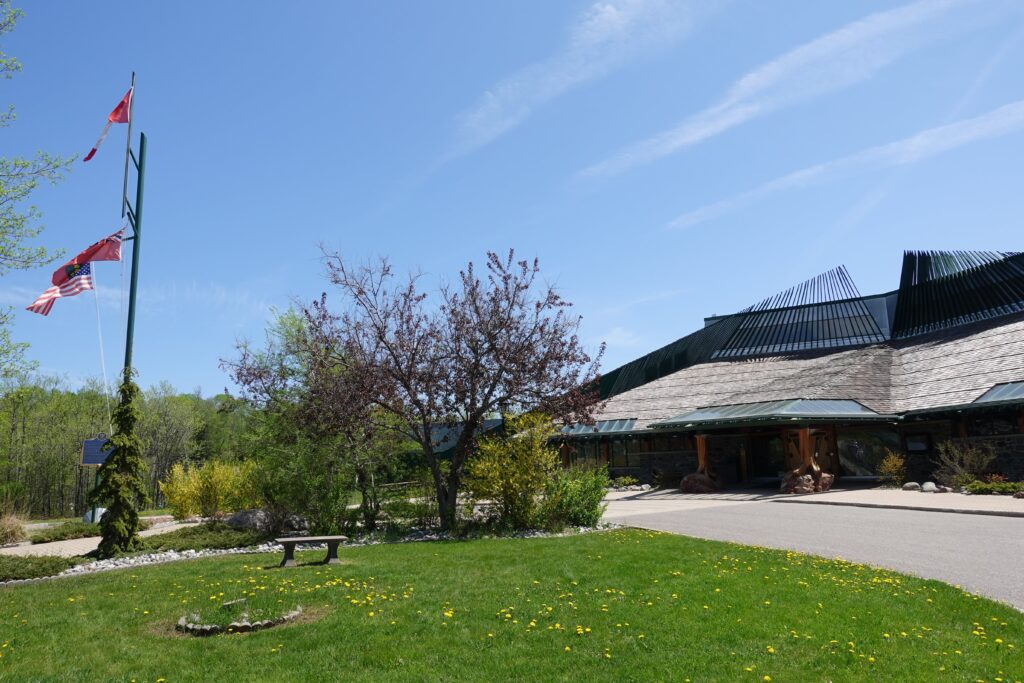
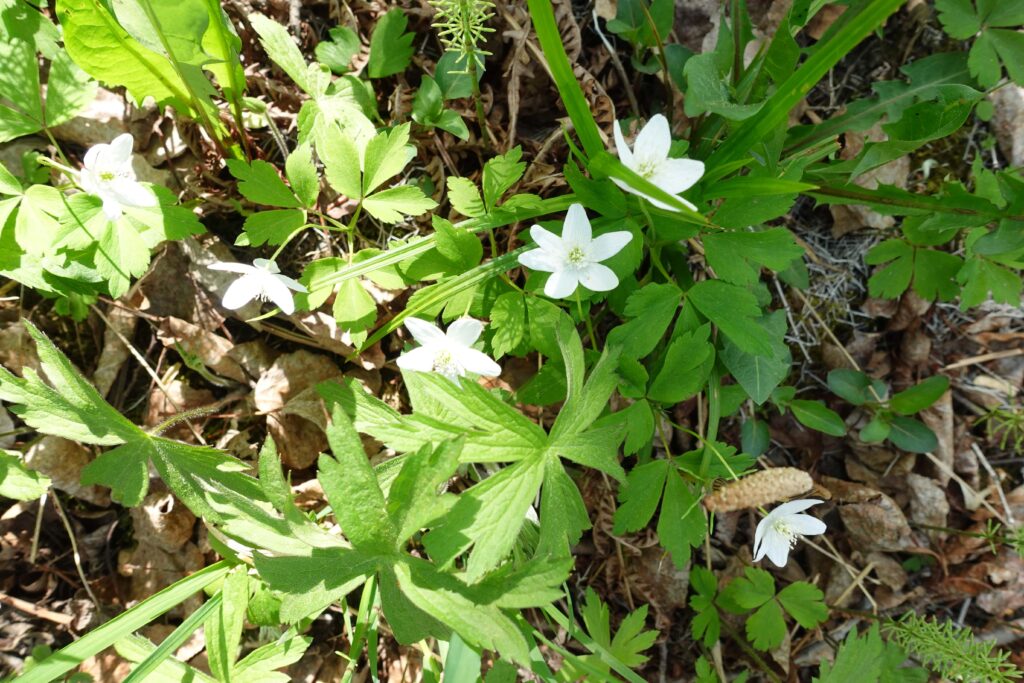
An absolute stroke of luck, because the ladies and gentlemen who let history come to life there made me understand a lot of things I hadn’t known before. Fort William was the headquarters of the North West Company in the 19th century, which organized trade in Canada alongside the Hudson Bay Company. The North West Company was the world’s largest trading company in 1816, the year which is simulated in the park, and maintained trading posts throughout North America. The skins were always taken to the nearest trading post, from where they were transported further.
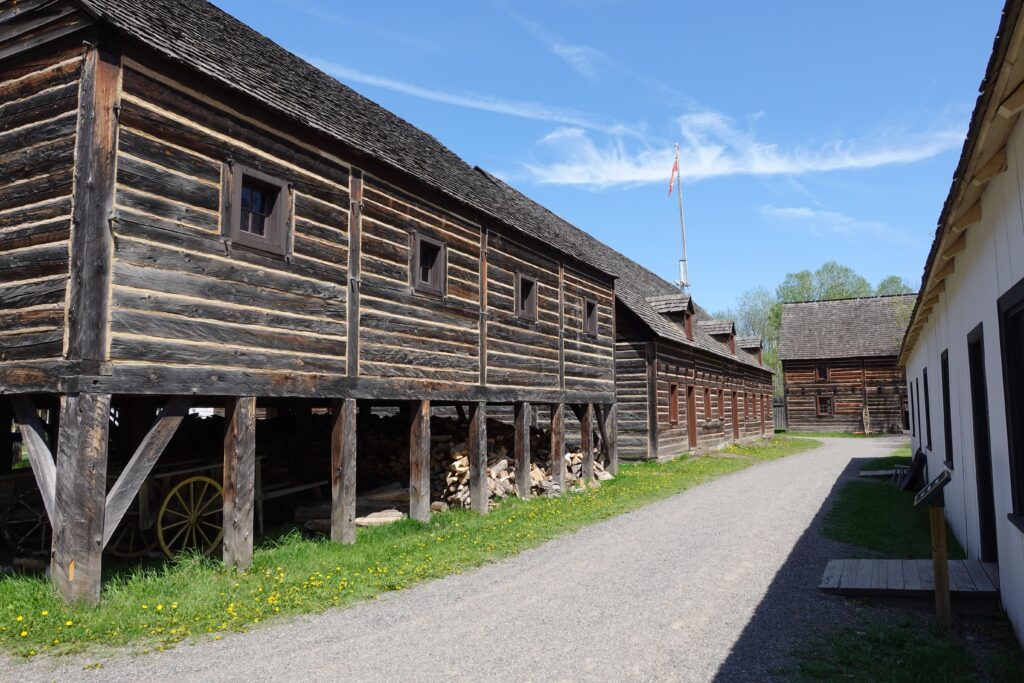

Besides trade, the fort still had great importance as a meeting place of peoples. The trade itself was characterized by mutual respect and was conducted in an indigenous manner, so that the partners parted as friends. The fur of a beaver served as a value guide; a red blanket from Europe, for example, was worth three beavers.
But what made the Cree of the Athabasca River, for example, travel for three months to Fort William to trade their hides for the goods of the whites? The answer is simple: it gave them great advantages. Textiles were not known among First Nation peoples. Making clothes from animal skins was a very difficult, cumbersome, time-consuming and exhausting business. In this respect, it paid to deliver the skins of the animals that were caught anyway to Fort William. At that time in Great Britain, anyone who wanted to be respectable and socially accepted had to wear a castor hat, made from the underhair of the beaver.
At the same time as the furs, Montreal traders arrived in Fort William with goods from Europe. Their journey lasted only three weeks, but was also very exhausting. Thus, East and West met for an international understanding that was based on reciprocity. Above all, the skills of women were of greatest importance; they could handle animal skins and, for example, also make snowshoes – a necessity for the European immigrants. And many an accountant, in case of various ailments, preferred to ask the indigenous women rather than the doctor in the fort. Which is understandable when you’ve seen the doctor’s office.

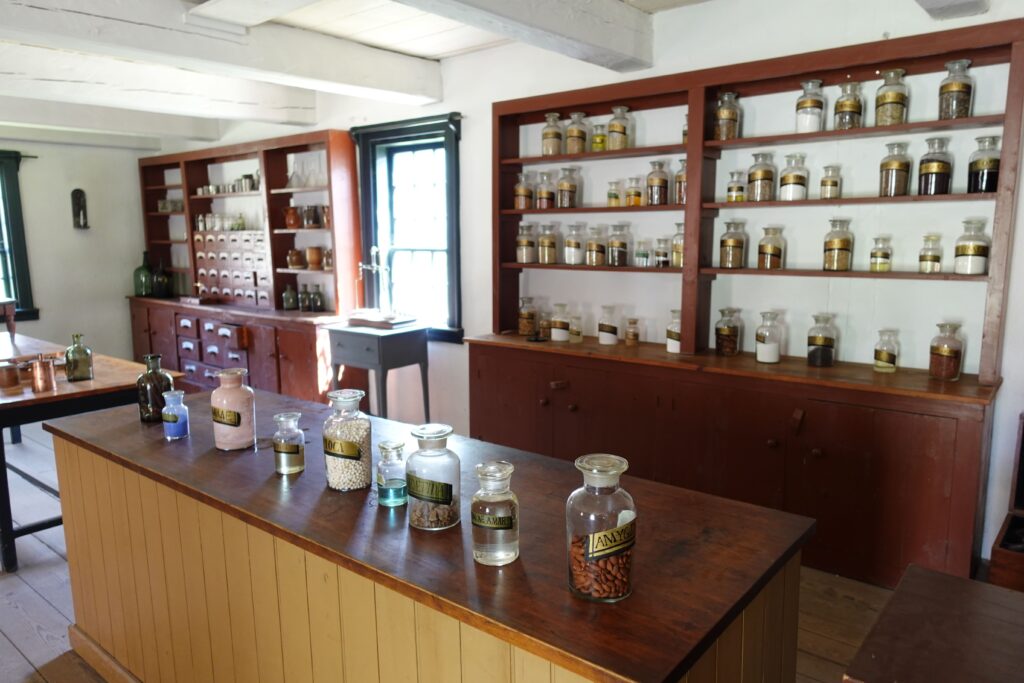
The bundles of fur were pressed and sewn together. One bundle weighed 40 kg, the men always carried two and were responsible for six. Two bundles forward, put down in sight, back, get the next two bundles and so on. Beavers were the most valuable furs, so in each bundle there were always half beaver skins and the other half bison, bear, deer, fox, wolf, seal, etc., so that the financial loss was not too high if a bundle was lost.


The Anishinaabe lived semi-nomadically, that is, they followed the animals, but always returned to their places in an annual cycle. Therefore, they didn’t remove their wigwams. Unlike the teepee, which is made of animal skins and is used for nomadic lifestyle, a wigwam is made of birch bark. You can skin birch trees in the spring without hurting them. The birch bark was also used to build canoes, which were needed to transport the skins. The seams were sealed with a mixture of tree sap and grease, and in the area of what would become Fort McMurray, even then, with oil sand.


So much for Thunder Bay. I really enjoyed it. By the way, the wood anemones were just blooming.
As I continued west, I experienced two things that I just have to tell you.
The first was Kakabeka Falls, also called Niagara Falls of the North, where the Kiministiquia River plunges 40 meters down the cliff. I stayed for a long time, wandering to all the viewpoints and enjoying the sight. And the drizzle! And I’m not going to tell you how the gorge came to be.

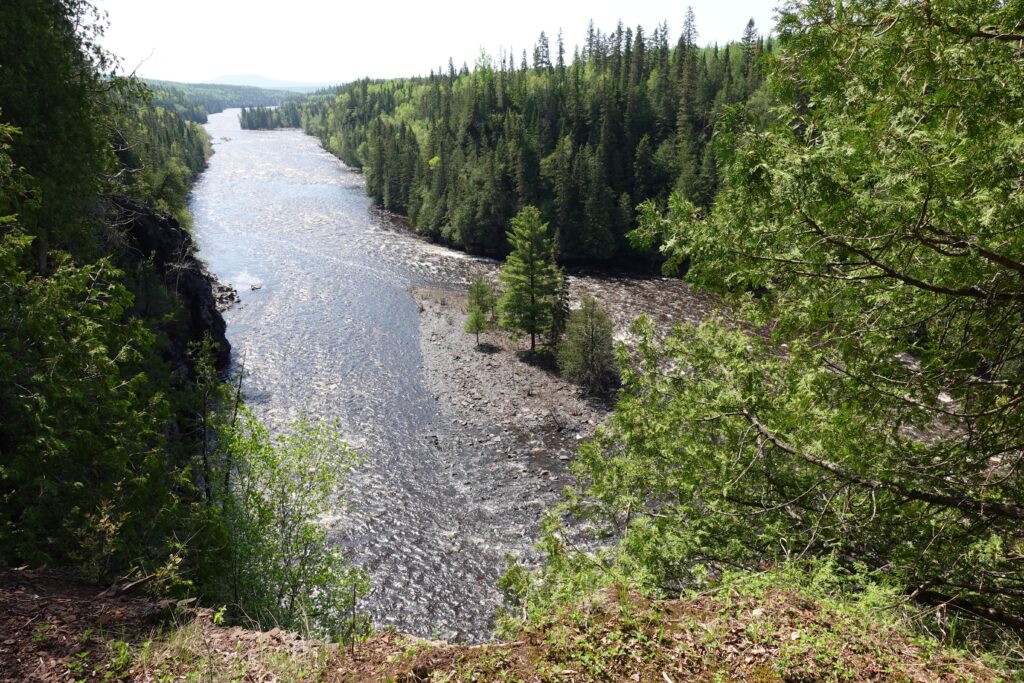
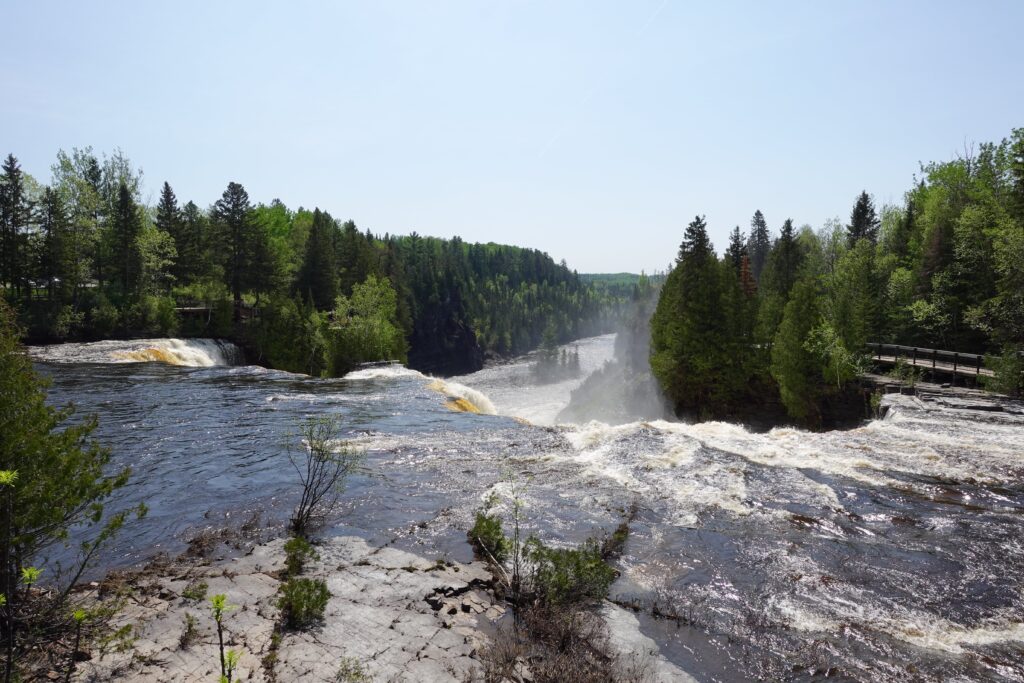
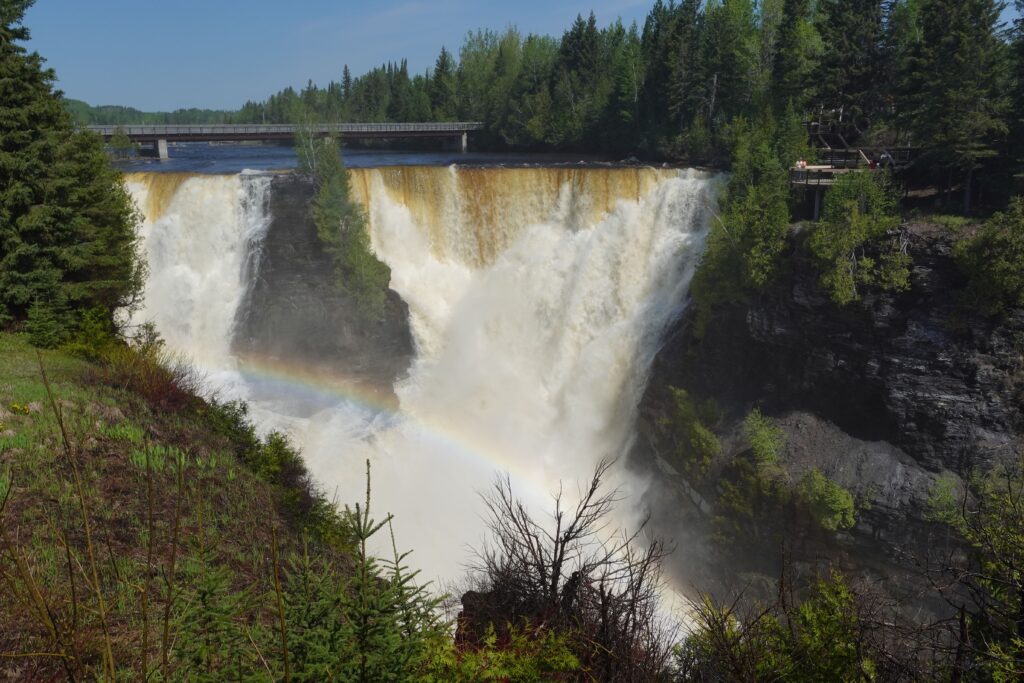
The second was an encounter of a different kind, which I had not actually expected. My just-emerged bearish confidence suffered a damper when a black bear ran across my (high)path. He luckily had respect for Annie Way, and I noticed him in time for me to brake and let Annie Way roll on slowly. Before he disappeared into the forest, he turned around once more and looked at us.
There are bears in Canada after all. Damn!

